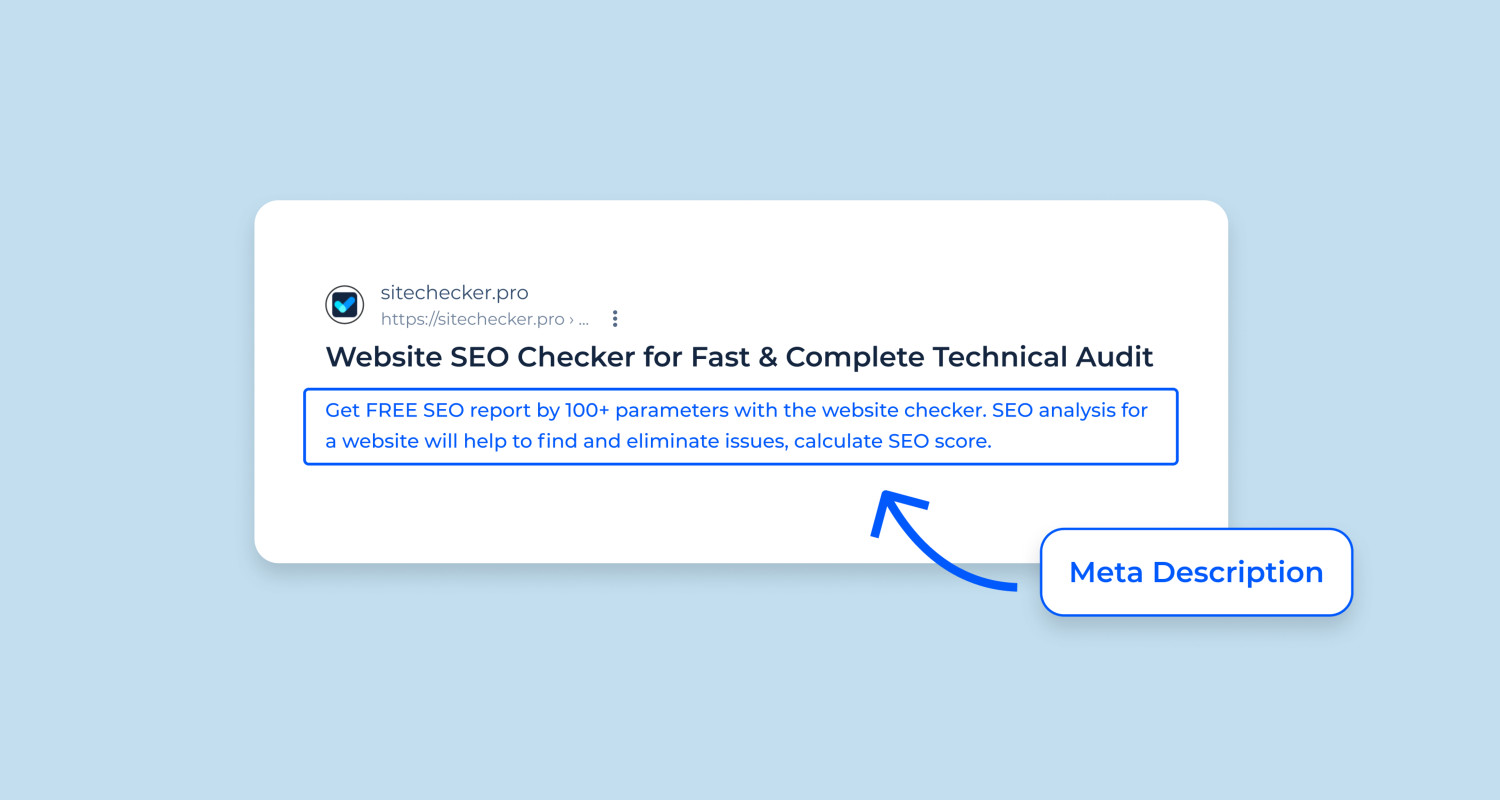SEO (Search Engine Optimization) is essential in your online presence. It is Like turning a spotlight on your online content.
SEO writing is a good practice that makes your content come first in search engine results. Imagine it is like a unique language that helps your content get noticed in the busy online world. Why is SEO writing important? Well, when you type for your favorite recipe on the google.
Explore the popular technique for SEO content writing as it involves cleverly incorporating keywords into your content to enhance its search engine ranking. Dive into the article to enrich your content-writing skills with tips and hacks on SEO writing, explained in easy and simple words.
SEO Content Writing and its Features
SEO content writing means creating content with a clear purpose that attracts an online audience; it is high-quality content that connects with Internet users. Moreover, SEO is essential for search engines like Google to make our web page visible.
The simple goal of SEO content writing is to make your content visible in search engine results. Good SEO practices can make your web page first on the search engine.
We use some keywords that people generally use to search on the internet. Search engines see the valuable content and push it higher in search results. Search engines favor your page if your content is well-organized with clear headings and subheadings and rich in text.
A popular technique in SEO content writing involves ensuring your content is responsive (mobile-friendly). Search engines, such as Google, favor content that is easily accessible on all devices. Consistently updating your content and crafting unique material are key factors contributing to higher rankings in search engines.
What is a Popular Technique for SEO Content Writing? Tips
These are some excellent SEO content writing techniques that can make your web page visible in search results.
Do keywords research
To Identify the audience you are targeting. Think as a reader about what word or phrase you will search for in that content. These words or terms are called keywords. Use these keywords in your article.
Use online tools like Google Keywords Planners to research good keywords; also, you can see the search volume and competition. Also, long tail keywords because it has less competition. Continuously analyze performance and update your keyword methods based on the results. Additionally, check what keywords your competitors use to target the audience; this will help you research the keywords.
Create High-Quality, Unique, Relevant Content
Identify your target audience so your content meets their need and interests. Always ensure your content is unique and offers excellent and valuable knowledge. Also, Identify the problem or doubt that your readers have.
Use images, visuals, infographics, or videos that enhance your content and gain the reader’s attention. Always break the content into readable sections with the heading, subheading, bullet points, and short paragraphs. By doing this, readers may be confident in reading.
Ensure your content is free from spelling mistakes and grammatical errors. Moreover, Every data must be correct and give accurate information. Most importantly, this engages your reader through comments, sharing, or other mediums.
Use Header tags, Meta descriptions, and Alt tags.
Header tags improve the clarity and easy readability of your content. Use H1 for the main title and h2 and h3 for the subheading. H1 indicates the primary topics, and h2 and h3 break the content into logical sections and header tags.
The meta description is a concise summary of your page contents. It encourages the users to click on your web page links in search results. Alts tags provide the image descriptions and add accessibility for your reader and understanding for your search engine. So, always ensure that use your header tags and meta descriptions correctly.
Keep your meta descriptions to recommended lengths.
Use external and internal links.
Internal links connect the different pages on your websites and create a network of related content. Doing so enhances the user experience and guides readers to the correct content.
To create an internal link, use anchor tags to make the internal link. Internal links on the page tell the value of the content, while external links refer to the reputation, source, and authority of your content. However, don’t add links forcefully. Use links naturally.
See Also: What is the Difference Between On-page and Off-page SEO
On page SEO
In on-page SEO, you put all the effort into your website page to improve your visibility on search engines like Google and Bing. You make your page more attractive and readable for the reader and search engines.
- Choose relevant keywords that help your audience find the page quickly. It would help to place natural keywords that easily fit into your text.
- Another step is to create catchy titles that can easily describe your content. Good titles attract users to click and read more. Moreover, you should Organize your content into h1, h2, and h3. It helps the search engines and readers understand your pages’ content and structure.
- Optimize your web pages so they can load fast because the quick loading of pages improves the user experience and has a good impact on search rankings.
- Write more engaging content so readers can spend more time on your websites, giving search engines a positive signal. Includes comments features that encourage interactions
See Also: 7 DIY SEO Software Tools & Tips for How to Use Them
FAQs
What is SEO?
SEO stands for search engine optimization. Proper SEO techniques can optimize your page to be easily visible to search engines. It improves your website so that it easily ranks first in search results.
How does SEO work?
SEO works by connecting your website with search engine ranking factors and algorithms. Search engines use crawlers to discover, and index web pages, and various signals are used to evaluate the content and usefulness of each page. SEO helps you optimize your website to match the user intent and provide the best user experience.
How long does SEO take?
SEO is a lengthy procedure that requires research and improvement. It takes time to see the results depending on various factors, such as your goals, competition, and industry. Usually, it takes a few months or even a year or more to complete.
Do I need SEO?
For most companies to be successful, SEO is essential. Because many decisions are made via search, search engine optimization (SEO) lets you connect with customers looking for your products or services. SEO can also help you increase brand understanding, control, and trust among your target audience.
Summary
A popular technique for SEO content writing involves making your page more engaging and attractive for readers and search engines like Google, Binge, and Yahoo. Good SEO practice makes your page appear first on the search results. One way to do this is By using the proper formatting (h1,h2,h3) to make your content more engaging for the readers.
Additionally, It gives a positive signal to the search engine. SEO is essential in making your website visible to the search results. In addition, SEO includes Keyword planning, proper use of headings and subheadings, anchor tags, meta description, and internal or external links.
Meta description describes the content of your page. It tells the search engines what you have written on your pages. Also, when telling the reader about your pages, the meta description should be within the limits of 150 characters so it is easily visible in your search engines. A good title makes your reader click on it.




